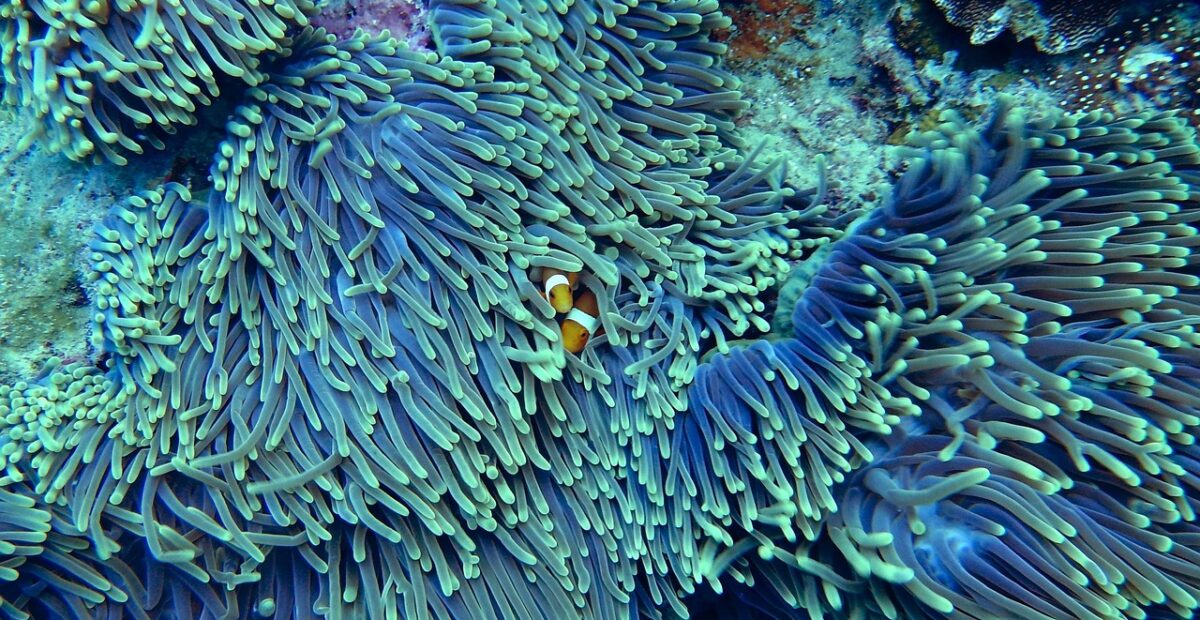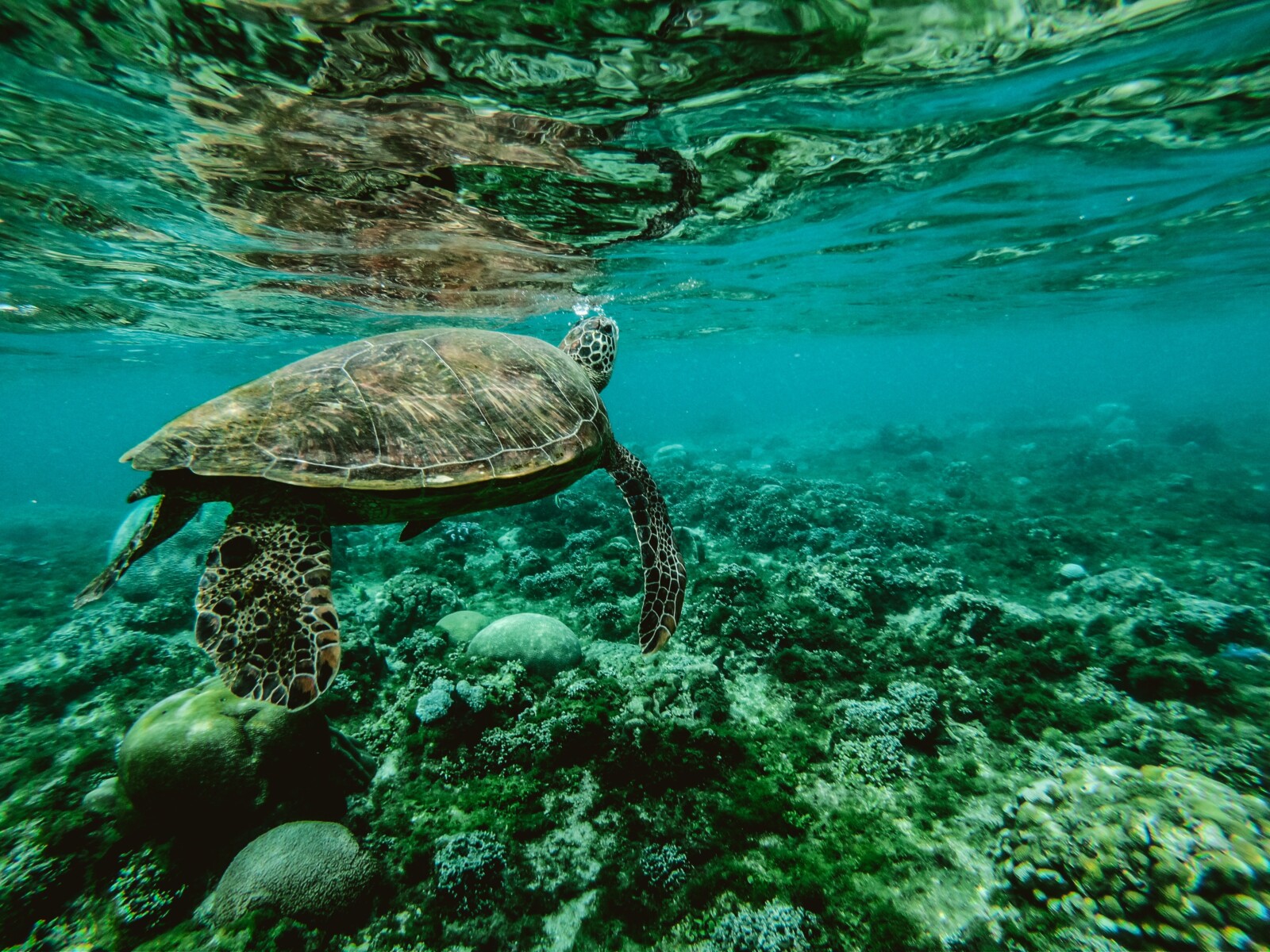
Workshop
Marine protected areas in international waters

SOURCE: CITTÀ NUOVA – By Pasquale Pellegrini
The historical ONU agreement on the oceans is one step ahead for humanity and for the safeguarding of the environment.
This is good news, but it could result in even better news if the States quickly ratify the written commitments. The High Seas Treaty, the agreement on the protection of the High Seas achieved by the United Nations on the 4th of March, is an important step for the protection of the oceans, particularly of those zones in which everyone can exercise the right of exploitation without any limits.
The treaty foresees that, by 2030, 30% of the oceans beyond the Exclusive Economic Zone, generally beyond 200 nautical miles, will be subject to a special legal protection regime, to ensure the biodiversity and integrity of the marine ecosystems. The result is considered historic by many who since long fight for the protection of the High Sea. Amongst these are many environmentalist associations.
After about 20 years of negotiations and a tight negotiation of no less than 38 hours, this time the result has been achieved thanks to the High Ambition Coalition, formed by the European Union, United States, China and the UK. There are still a few steps to be taken. First and foremost, the formal adoption of the agreement, followed by its ratification by the nations. Filling some gaps in the international law, the treaty gives way to a real process of safeguarding of the oceans with the creation of protected marine areas in international waters. The result reinforces the commitments made last December in Montreal at the 15th Biodiversity Conference. In those circumstances the nations agreed on a set of measures for the “conservation and efficient management of at least 30 percent of the landmasses, inland waters, coastal zones and oceans of the world, paying particular attention to the areas particularly important for the biodiversity and its functioning and the services of their ecosystems”.
Specifically, the agreement on the oceans tends to favor the rehabilitation of endangered marine species with restrictions on fishing, on the areas accessible to ships, on exploration activities and on the extraction of minerals from the seabed, and the establishment of a regular conference to resolve the most difficult issues.
One of the most debated issues has been the fair sharing of the benefits derived from marine genetic resources important for the production of medicines and food. Although they do not have the same technological and scientific properties, all the countries must be able to enjoy the wealth of the oceans and contribute to their protection.
Yet some issues remain unsolved. For example, it is discussed of whether the protection of an area should be integral, or the principle of sustainability should be applied. We must keep in mind that the marine life does not recognize the artificiality of man-made perimeters, and thus the areas must be coordinated amongst themselves.
Despite everything, the new treaty provides more restrictive legal instruments. In fact, more comprehensive environmental assessments will be required before authorizing human activities that could alter the marine ecosystems. The interests at stake are high. The immense mineral wealth offered by the seabed beyond the limits of national jurisdictions is desirable by many, and strict restrictions are needed.
The unregulated and uncontrolled exploitation of marine resources has in fact significantly impoverished the oceans. According to the International Union for Conservation of Nature, 10% of the 230,000 marine species surveyed risk extinction. Specifically, 15% of coral reefs, 90% of sharks and rays, 67% of fish, 11% of mollusks and 0.1% of green algae. This is not just a loss of biodiversity, but of the services that the ecosystems produce.
50% of the oxygen available to humans comes from the oceans; 95% of the planet’s biosphere resides here. The oceans also absorb considerable amounts of carbon dioxide, which is why the waters are always more acidic.
Forty years to the day after the United Nations Convention on the Law of the Sea signed in Montego Bay on the 10th of December 1982, issues such as overfishing or marine pollution produced from shipping have a legal framework in which they can be effectively discussed. While in 1982 the Convention could have been considered a great accomplishment, today its limits appear evident.
The technologies have changed, fishing methods have changed, there has been an increase in shipping with serious repercussions on the ocean’s environment. A change of course is therefore necessary for the good of humanity.








